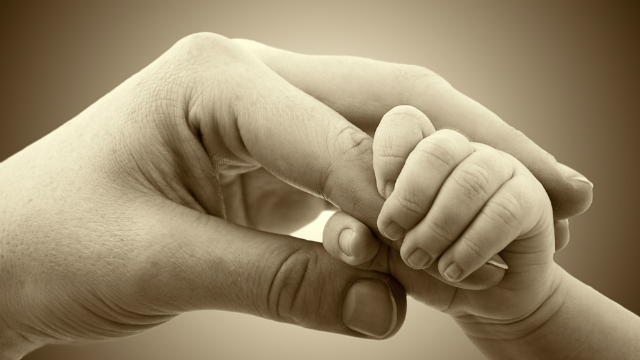Why marrying a Chinese woman is a good idea

A German top official with the Goethe-Institute in Shanghai once remarked that “marrying a Chinese woman will make you rich.” This statement was soon retracted, and the man repatriated, but his advice wasn’t too far off the mark. Each year there are thousands of Western males flocking into Shanghai or Beijing with dreams to find a Chinese woman, learn the language, and make a fortune – in that order. Aresearch paper recently found that Asian-White couples are making the most money. They may even often make the better parents. The list of stereotypes goes on. The Western “obsession” with Asian femininity and sexuality goes back to over three hundred years of European colonialism and orientalism, well reported in literature and scholarship. This is the final part from a chapter on ‘Gender’ taken from the East-West dichotomy:
[…] Just as Asia had to bend down and suffer under Western military and economic might, so did it have to be submissive to the ‘dominance vs. submission’ sexuality catechism. As long as those occupied cultures did not become ‘Westernized,’ i.e. did not conform to a certain level of moral conduct set by Europe and the USA, they remained “stripped of all privileges and left with an ascribed eroticism that invites sexual engagement, exploitation and ultimate abandonment” (Lin, 2007).
Now, while all the authors and scholars quoted above allude to the ‘animal instinct’ of bad Western wolves and innocent Asian sheep, I cannot quite get myself to agree with these ‘chronicles of victimization’ of Asia that only play further into the hands of Western dominance. On the contrary, I do believe that in our modern world, civility will prevail over barbarism. Or, as one of China’s major entertainers, Jackie Chan, alias Cheng Long [成龙], once said, “We urge more foreigners to marry Chinese women!”
Well, Mr. Chan, this is what Western men usually do in China. Or, at least that is what they aspire to do, not only in China, but in the whole of East Asia. To put this into socioeconomic perspective: In an international world, Ms. Asia has already claimed Ms. West’s boyfriend. Ms. Asia will make sure that her culture prevails, and, believe it or not, he will spend his money on her and, facing the shortage of children and crisis back home, he will stake his future on her and her kin.
On a philosophical level, the idea of a masculine West and a feminine East that transcends all human experience and forms a sense of liberation and harmony – Blaise Pascal called it logique du Coeur,or ‘wisdom of the heart’ – is a popular concept of dualism, also evident in yin and yang (阴阳): the feminine or negative principle in nature, or moon, and the masculine or positive principle in nature, or sun.
Jim Garrison, in his Civilization and the Transformation of Power, took this duality to the most profound level when he analyzed today’s gender politics using folk wisdom and mythology (Garrison, 2000). He describes how the suppression of ‘Mother Earth,’ the archetypal feminine, has led us to the brink of world catastrophe, heralded by the ‘Crisis of Europe’ in works such as Donella Meadows’ The Limits to Growth (1972), Oswald Spengler’s The Decline of the West (1893), and Edmund Husserl’s The Crisis of the European Sciences (1970). The power plays between ‘Mother mind’ and ‘Father force,’ the violent tension between ‘Mahimata’ (Mother Earth) and Lord Shiva (god of destruction) – all cultures have their myths about this duality and can follow its discourse:
Here – the destructive power of the short-sighted masculine West that narrow-mindedly focuses on objects, not relations, and that wants to exploit and manipulate those objects in order to control nature and all things.
There – the gentle power of the long-sighted feminine East that holistically perceives the world’s interconnectedness of all objects, and that cultivates and appreciates them in order to balance the relations among all things.
Read Part I: Monogamy as a Western Invention?
Read Part II: The East is feminine
Read Part III: My dear child Asia
Image credit: Takayuki/Shutterstock.com
To keep up to date with this blog you can follow me on Twitter, RSS, my Website, or my other Blog.





